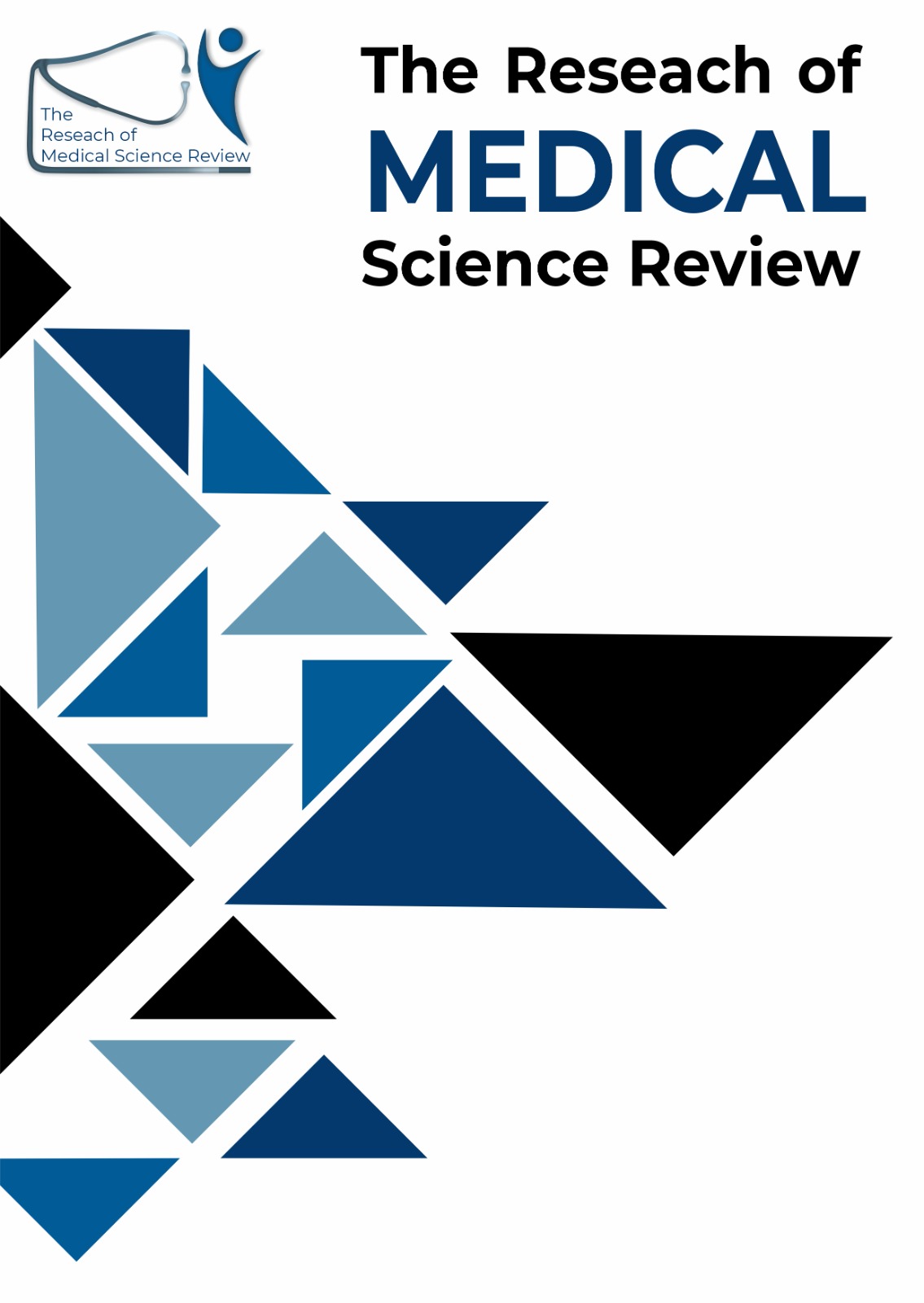FREQUENCY OF VENTRICULAR TACHYCARDIA AMONG THE PATIENTS OF ACUTE MYOCARDIAL INFARCTION IN LADY- READING HOSPITAL PESHAWAR: A CROSS-SECTIONAL STUDY
Main Article Content
Abstract
Background: Coronary artery disease is the leading cause of death worldwide, particularly in Pakistan and Asian nations. In the near future, it is probably going to be the most common cause of death. Ventricular Tachycardia (VT) is a more serious consequence of myocardial infarction. VT is the most significant Myocardial Infarction (MI) consequence. The purpose of this study was to determine the prevalence of VT in patients of various ages and genders who had an acute myocardial infarction.
Objectives: To find the frequency of Ventricular Tachycardia (VT) in acute Myocardial Infarction (MI) presenting at Lady-Reading Hospital (LRH), Peshawar.
Methods: This cross-sectional investigation was carried out in the LRH Peshawar cardiology ward and coronary care unit (CCU). The study ran for four months, from March 2018 to June 2018. Using a straightforward sample technique, patients with AMI of both genders and all ages were included in this study. A standard questionnaire was used to gather the data, and SPSS 22 was used for analysis.
Results: 151 MI patients were examined. There were 58 (38.42%) girls and 93 (61.58%) males. All 151 patients had an average age of 57.56 years. Of the 69 patients (45.69%) with VT on ECG, 48 were male and 21 were female. VT was more common in anterior and inferior infarcts. Of the 69 VT instances, 19 (27.53%) had inferior infarcts, 29 (42%) had anterior infarcts, and the other cases were from different causes. Additionally, the incidence of VT was lower in those under 40 and higher in those over 40.
Conclusion: In our population, males are more likely than females to have VT. Compared to other forms of MI, VT is a more frequent consequence in people over 40 and in anterior infarcts.
Downloads
Article Details
Section

This work is licensed under a Creative Commons Attribution-NonCommercial-NoDerivatives 4.0 International License.
